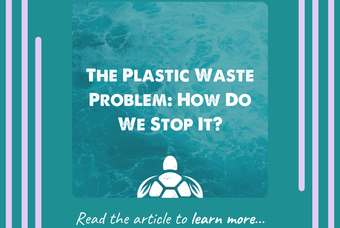The News-Hub/ Articles
Back to Articles
Recommended Articles
How the Diamond industry destroys landscapes and livestock
Diamonds have long been a sign of status, wealth and prosperity. From a monarch’s crown, to an engagement ring, each sparkling jewel tells a story about the wearer.
However, until recently, this story has only scratched the surface – the underbelly of the diamond industry has now begun to outshine and dull any positive impact that mined diamonds have; with each piece of jewellery comes the sacrifice of both workers and the environment.
It is not just the instability of pit mining, and its scarring of the landscape both above and below ground (though, alone, these pits can increase up to 20 meters with heavy rain, and destroy nutrient rich land with the excessive rock, sand and soil). But it is also the indirect causes of pit mining which have a direct effect on the landscape and its inhabitants. From reckless diamond mining comes significant effects.
On average, the pollution in rivers due to acid drainage by diamond mines has increased by 36% between 1956 and 2003.
In Anglola there has been a 6% decrease in the amount of vegetation, with a current deforestation rate of 0.2% and 0.25% - around 124,800 ha per year. Rivers have been rerouted, and river beds exposed, to facilitate mining.
“Conflict-free” Canadian mines have been built on environmentally fragile ecosystems, and have a significant impact on the caribou, bears, and the fish which provide food for Aboriginal peoples.
Sierra Leone was once patterned with diamond mines. In the Kono district, when the pits ran dry, mining companies fled, leaving behind a desolate and collapsed ecosystem. Though, in recent years, the local communities have been working tirelessly to repair the land, bring back native species and replace lost topsoil. These are uplifting stories however the restoration would not have been necessary if the environment, and the people, had been considered over profit.
The ‘eco-friendly’ branding of conflict free diamonds attempts to negate the growing consciousness of the consumer when purchasing gemstones. This is due to an increase of the lab grown diamond.
A mined diamond consumes more than 126 gallons of water per carat. Lab-grown diamonds consume just 18.
A mined diamond produces more than 125 pounds of carbon per carat. A lab-grown diamond produce none. Zero. Zilch.
A mined diamond uses, and disturbs, nearly 100 square foot of land per carat. A lab-grown diamond uses just 0.07.
For lower prices, less human and environmental impact, the lab grown diamond is the far better alternative. So when you’re buying an engagement ring, or a ceremonial crown for that matter, consider the weight of the diamond, not just the carats.
Empty content. Please select category to preview











0 comments. Write a comment